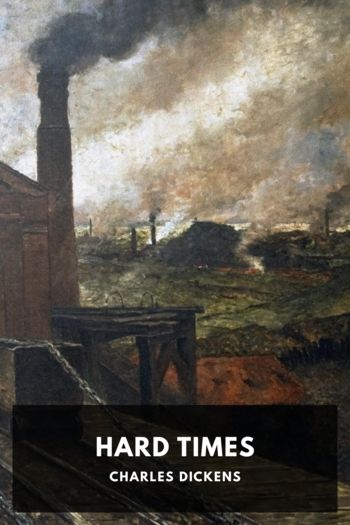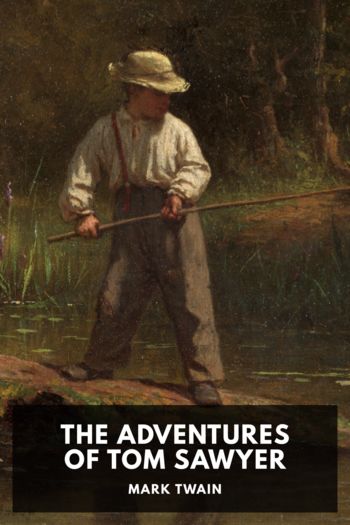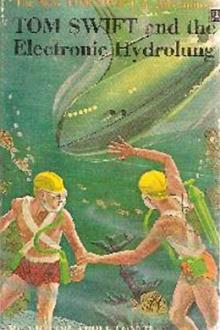Millennium Holland, Tom (read dune .TXT) 📖

Book online «Millennium Holland, Tom (read dune .TXT) 📖». Author Holland, Tom
Indeed, such was the flourishing condition of Spain’s Muslims that they had long since ceased to depend for their prosperity upon the exploitation of infidels. This was just as well; for increasingly, under the lengthy rule of Abd al-Rahman and of his able and sophisticated son al-Hakam, al-Andalus had come to lose its character as a frontier society. Conversions to Islam, once a trickle, had become a flood. At the start of the tenth century, it has been estimated, the population of al-Andalus was only one-fifth Muslim; by the time al-Hakam died, in 976, that percentage had been reversed. The status of Christians in Islamic Spain had always been a second-class one; and certainly, burdened as they were by extra taxes, banned from employment in the state bureaucracy, and saddle-sore, no doubt, from perpetually riding mules, they had hardly lacked for incentives to abandon their ancestral faith. Yet while to be a dhimmi in the House of Islam had always been both expensive and a source of petty humiliations, so also, by the tenth century, had it become something even more debilitating: unfashionable. The Church in al-Andalus had long been thundering against the passion of its flock for Saracen chic; but increasingly, whether translating the scriptures into Arabic, or adopting Muslim names for themselves, or dancing attendance on the Caliph at his court, even bishops were succumbing to its allure.
Only in the countryside, far removed from the wealth and glamour of city life, did sizeable numbers of Christians still endure; and they, in the opinion of Muslim sophisticates, were little better than wild beasts. ‘For when they cast off the yoke of obedience,’ so one complained, ‘it is hard to make them return to it, unless they are exterminated-and that Ls a difficult, prolonged process.’ In al-Andalus, the days of living off the fruits of extortion, whether plunder or taxes, were gone for good.
There were many Muslims, nostalgic for the time when their ancestors ‘were admirable and excellent, determined in jihad and eager for God’s rewards, throwing themselves on the Christians in warfare and siege’, who regretted this; but the majority were too busy making money in less strenuous ways to care. The Caliphate may have been politically fractured, but it still offered, to the ambitious merchant, a free-trade area like no other in the world. Far eastwards of al-Andalus it extended, to Persia and beyond, while in the markets of the great cities of Islam were to be found wonders from even further afield: sandalwood from India, paper from China, camphor from Borneo. What was Christian Spain, with her flea-bitten little villages, to compare? Why, unlike their equivalents in Italy, they were not even good for slaves! The Andalusis, whose ancestors, back in the valiant first flush of conquest, had once dispatched thirty thousand prisoners to Damascus in a single train, had long since lost their taste for grubbing around after human prey. Now it was they who were the importers; and a swarm of Christian suppliers, with little else to offer which might serve to tickle Andalusi palates, had competed to corner the market no less eagerly than their Muslim competitors. The fair hair of the Umayyad caliphs, bred of concubines from the distant North, was only one proof of their success. A second was the palace guards who had so alarmed Abbot John; for these were not native Andalusis, but ‘Saqaliba’ – Slavs. In Arabic, as in most European languages, the word was becoming, by the tenth century, increasingly synonymous with human cattle: a reflection of how widely, when demand required it, the tendrils of trade might extend beyond the House of Islam, even to the limits of the House of War.
Nothing, indeed, in the fractured Europe of the time, was more authentically multicultural than the business of enslaving Slavs. Wends captured in the wars of the Saxon emperors would be sold by Frankish merchants to Jewish middlemen, who then, under the shocked gaze of Christian bishops, would drive their shackled stock along the high roads of Provence and Catalonia, and across the frontier into the Caliphate. A cosmopolitan perspective was no little help when it came to gauging the likely demands of a sophisticated foreign market such as al-Andalus. Few opportunities were neglected in the struggle to obtain a competitive edge. In the Frankish town of Verdun, for instance, the Jewish merchants who had their headquarters there were renowned for their facility with the gelding knife. A particular specialisation was the supply of ‘carzimasia’: eunuchs who had been deprived of their penises as well as their testicles. Even for the most practised surgeon, the medical risks attendant on performing a penectomy were considerable – and yet the wastage served only to increase the survivors’ value. Exclusivity, then as now, was the mark of a luxury brand.
And luxury, in al-Andalus, could make for truly ‘fabulous profit’. The productivity of the land; the teeming industry of the cities; the influx of precious metals from mines in Africa: all had helped to establish the realm of the Umayyads as Europe’s premier showcase for conspicuous consumption. While it was the Caliph himself, naturally enough, who stood at the apex of the pyramid, and skimmed off most of the taxes, he was certainly not alone





Comments (0)